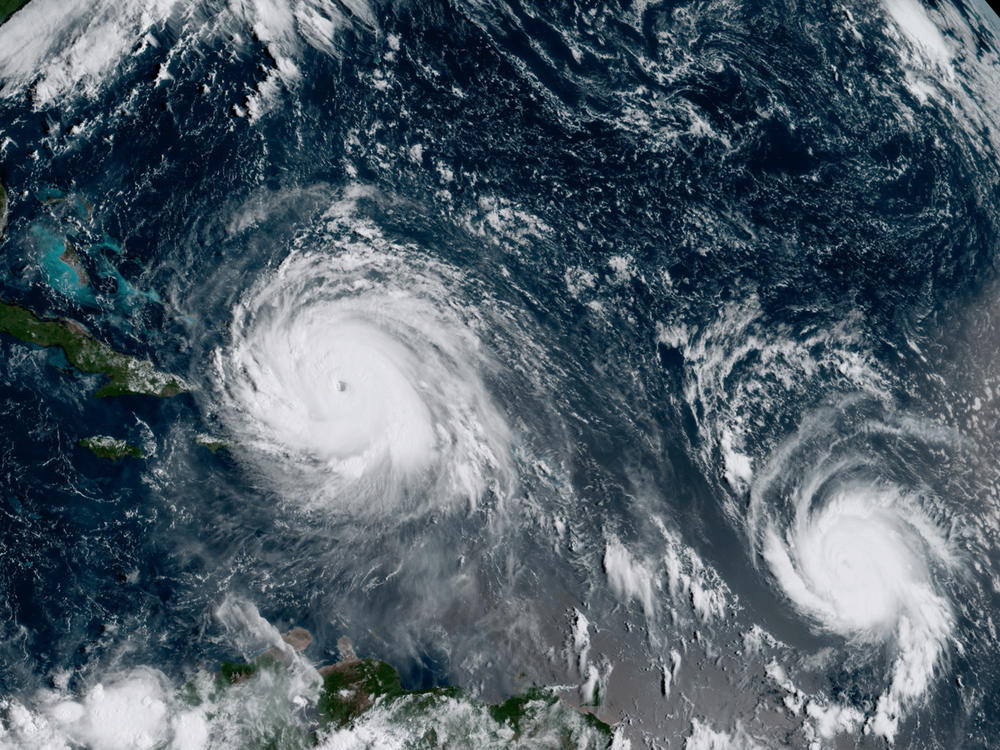Section Branding
Header Content
Expect More Tropical Storms, NOAA Warns
Primary Content
There are officially more storms occurring during the Atlantic hurricane season, according to updated storm records from the National Oceanic and Atmospheric Administration.
NOAA defines the average number of storms based on activity over a 30-year period. On Friday, the agency announced the new period runs from 1991-2020. Previously, NOAA used the period from 1981-2010.
The updated data show that the average number of named tropical storms in a given year is now 14, up from an average of 12 between 1981-2010. The average number of full-blown hurricanes is now 7, compared to the old average of 6. The agency updates its definitions of what is normal for the weather every decade.
The new hurricane averages will apply to the 2021 hurricane season, which begins in the Atlantic on June 1.
The average number of major hurricanes has not changed. Major hurricanes are storms with wind speeds above 110 miles per hour, although that designation can be misleading because storms with less wind and more rain can be even more destructive and deadly.
NOAA also examined the average number of storms forming in the Pacific Ocean, and found no change.
Climate change is driving changes in the Atlantic Hurricane season. Hotter water on the surface of the ocean, especially in the relatively shallow Gulf of Mexico, helps storms gain strength and moisture, and can lead to more powerful hurricanes. In recent years, abnormally hot water in the Gulf has caused record-breaking rainfall and rapid intensification of multiple storms that made landfall in the U.S., Caribbean and Central America.
Storms that gain power very quickly or stall over land are more likely to kill large numbers of people if they make landfall near populated areas because there is less time to prepare and more flash flooding.
Current research does not show a clear link between climate change and the total number of tropical storms that form. Advances in satellite and other monitoring technology make it easier for scientists to spot storms when they form.
NOAA is also using that new 30-year reference period to define normal weather more broadly. Average temperatures have been creeping steadily higher in the U.S. as the Earth heats up, and many parts of the country are seeing more heavy rain or more variable precipitation that leads to droughts.
Beginning May 4, daily forecasts will reflect those trends as NOAA officially begins using the hotter baseline of the last 30 years to define what is normal.
Copyright 2021 NPR. To see more, visit https://www.npr.org.

